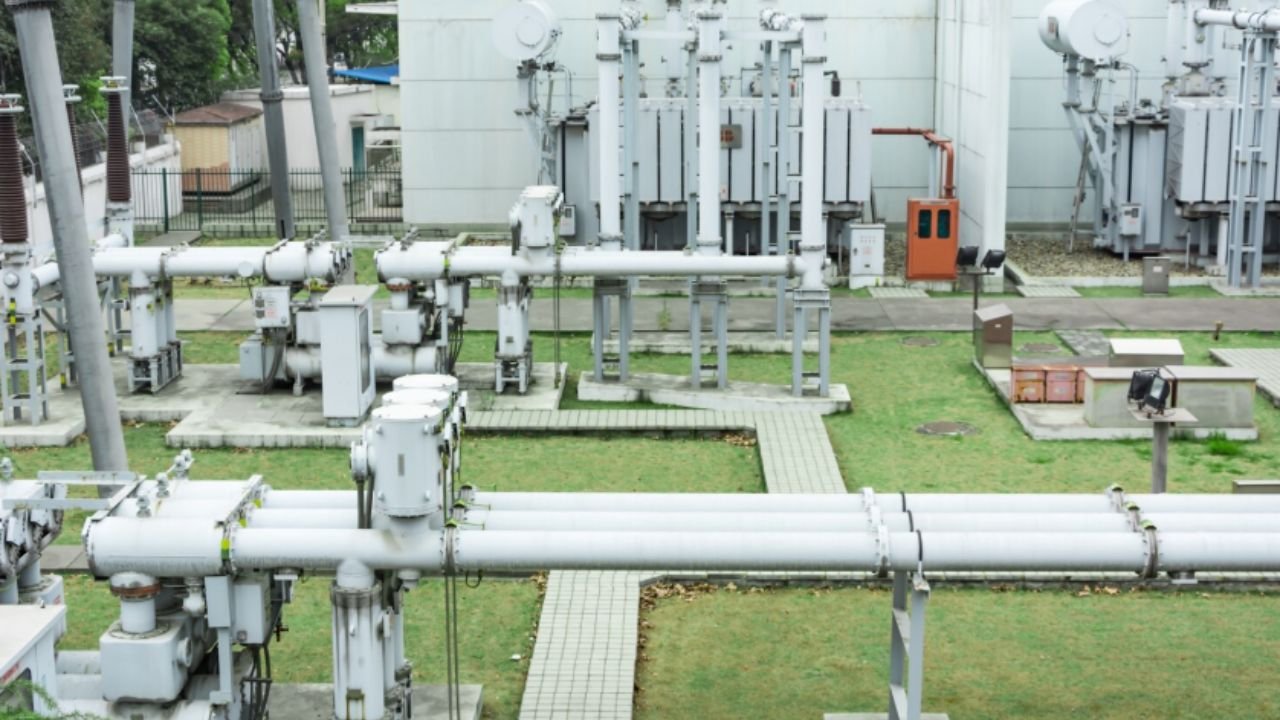In today’s fast-changing technological world, the importance of gas sensors is growing rapidly. These sensors not only help in industrial safety but are also proving their utility in environmental pollution, healthcare, urban security, and energy management. Their integration with the Internet of Things (IoT) has increased their capabilities manifold, making the process of data collection, analysis, and sharing more effective.
Why Gas Sensors?
Gas leaks often cause major accidents, pollution, and serious impact on human health. For example, invisible and odorless gases such as carbon monoxide (CO) kill thousands of people every year. Leaks of toxic gases such as hydrogen sulfide (H2S), ammonia (NH3), and chlorine (Cl2) in industrial areas not only cause loss of life and property but also lead to environmental disasters. In such a situation, smart sensors play a life-saving role, which helps prevent accidents by indicating danger in time.
Integration of IoT and Gas Sensors
The Internet of Things (IoT) has revolutionized traditional sensor technologies. Now sensors are not limited to collecting data, but it activates automated systems by sending data to the cloud in real-time. For example:
- Smart Homes: Turning off the gas supply as soon as LPG leakage is detected in homes.
- Smart City: Monitoring air pollution levels and issuing warnings.
- Industrial Automation: Stopping the production process as soon as gas leakage is detected in a machine.
- Healthcare: Ensuring the correct amount of oxygen and other gases in hospitals.
Development of Gas Sensor Technologies
In the 19th century, canary birds were used to detect dangerous gases in mines. Over time, this technology has become state-of-the-art. Modern sensor technologies include:
- Electrochemical Sensors – Accurate measurement of oxygen, carbon monoxide, etc.
- Metal Oxide Semiconductor (MOS) Sensors – Low-cost solutions for monitoring industrial gases.
- Catalytic Sensors – Useful in rapid detection of flammable gases.
- Polymer-based Sensors – Effective in detecting Volatile Organic Compounds (VOCs).
- Carbon Nanotube Sensors – New generation technology with high sensitivity and low energy consumption.
Economic and Social Impact
According to the International Labour Organisation (ILO), about 4% of world GDP is spent on workplace accidents and health problems. Preventing accidents caused by gas leaks can not only save lives but also prevent economic losses worth billions of dollars. In the US alone, carbon monoxide poisoning costs more than $1.3 billion annually. IoT-enabled gas sensors can change this scenario, leading to:
- Reduced healthcare costs.
- Increased industrial productivity.
- Reduced environmental disasters.
Future opportunities and challenges
IoT-enabled gas sensors have a bright future. By 2025, about 50 billion devices will be interconnected. The demand for them will grow rapidly in areas such as smart grids, automated transportation, industrial safety, and health monitoring.
However, the challenges are also not less—issues such as data privacy, cybersecurity, sensor accuracy, and long-term reliability need to be addressed.
Conclusion
IoT-enabled gas sensor technology is not just an industrial or technological necessity, but a major step towards human life safety, environmental protection, and sustainable development. This will not only make our present safer, but also ensure a clean and safe environment for future generations.
